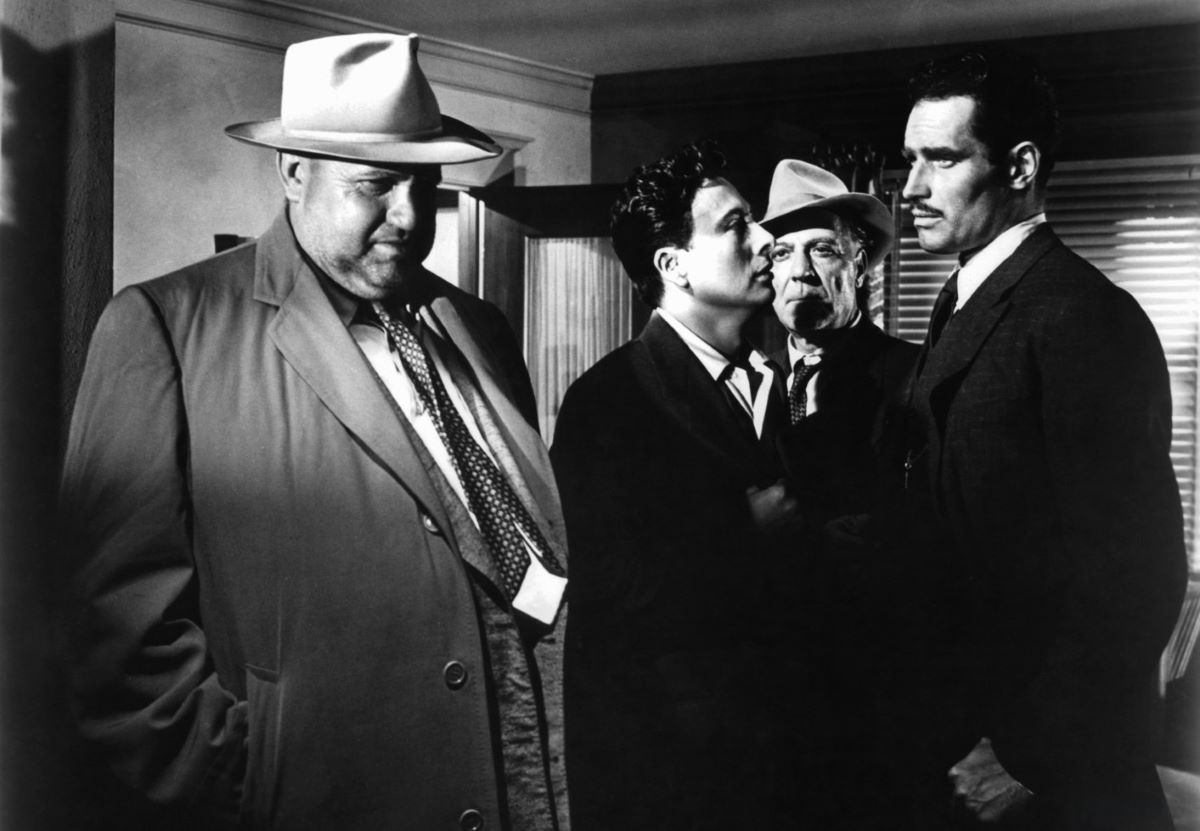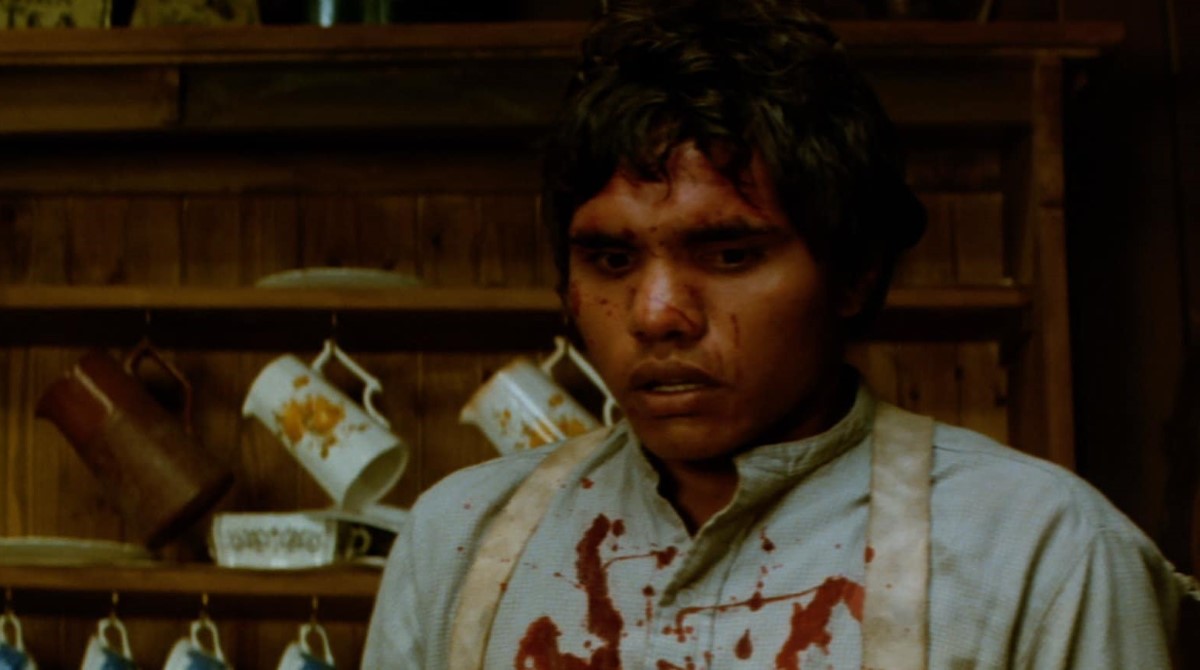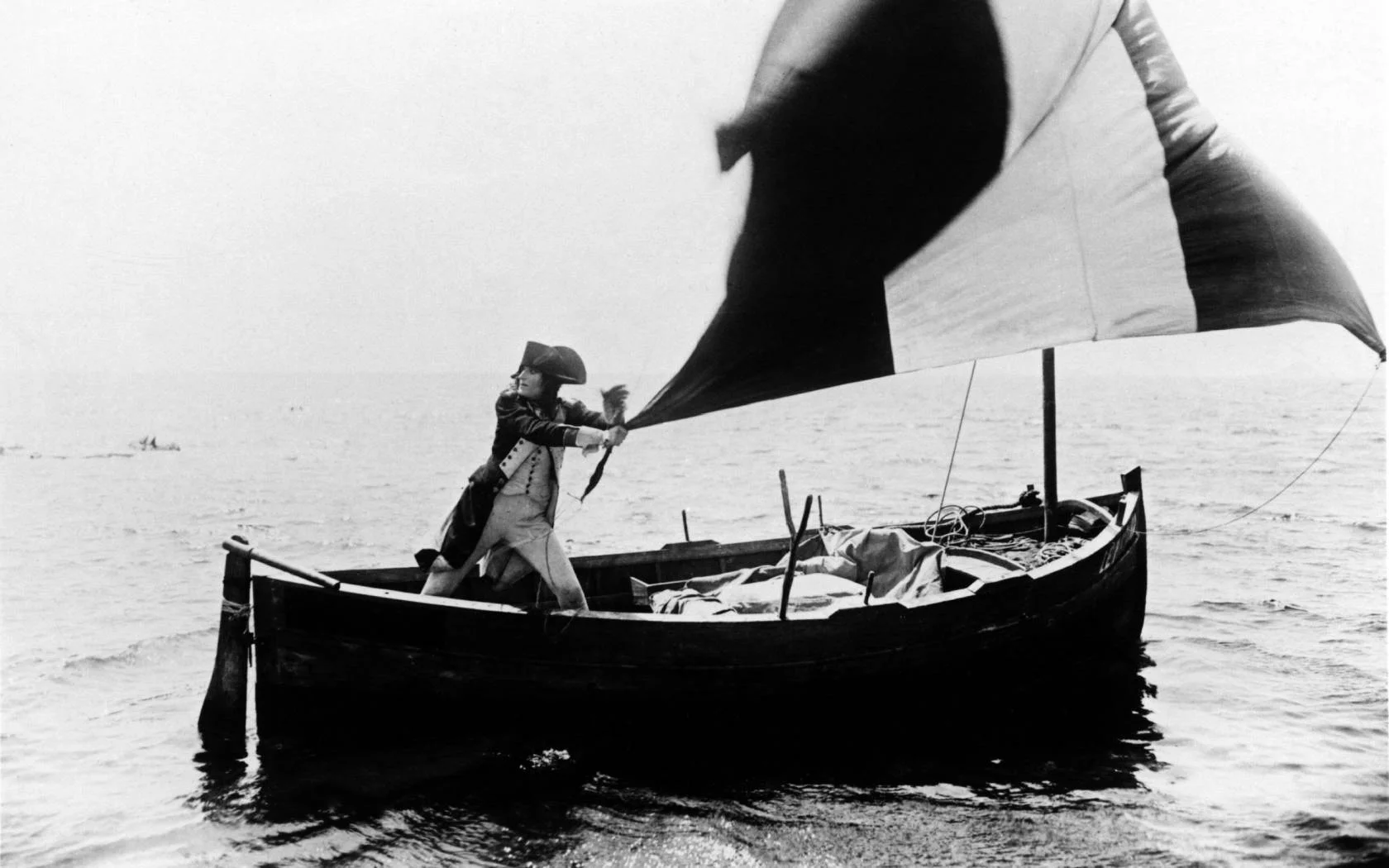by Richard Schickel
For a director like Stanley Kubrick, a novel like Anthony Burgess’s A Clockwork Orange must have seemed an irresistible challenge. Kubrick is essentially a daring imagist, yet he has twice before been tempted by projects that pose powerful problems of language for the film maker. One was an attempt, largely unsuccessful, to translate the dazzling and delicate literacy of Vladimir Nabokov’s Lolita into a screenplay. The other was a largely successful attempt, in 2001, to make a quite complex metaphysical argument without resort to any but the most banal vocabulary.
In the Burgess novel, Kubrick confronts a work that depends very little on plot or characters to sustain our interest, and a great deal on a unique verbal conceit—an imagined teen-age slang (“Nadsat”) of the near future in which Alex, the protagonist, narrates the key fragment of his autobiography. Composed mostly of transliterated Russian words that we are asked to believe have unconsciously penetrated English, this language is easy enough to understand on the printed page. It would probably have been incomprehensible as spoken dialogue, however, and so Kubrick used only a few pinches of it. His problem, therefore, is to make up for its absence by finding some visual equivalent.
This he entirely fails to do, and the loss is profound. In Burgess’s 1962 novel, the richness and wit of the invented language provide an ironic counterpoint to the impoverished imaginative life of the mildly socialist and totalitarian society where the story takes place. They also serve to distance us from the violence that is the only activity in which Alex and his “droogs” find real (i.e., sexual) pleasure, and to prevent us from sharing pornographically in that pleasure. Most important, it is the very existence of this language that allows Burgess to demonstrate implicitly, without resort to special pleas, Alex’s virtue as a human being. It, along with his odd passion for Bach and Beethoven, suggests an aesthetic awareness and a creative potential for which the materialistic state can offer no outlet. Thus, when the state undertakes his forcible reeducation through a combination of drug therapy and behaviorist reconditioning, we understand that his loss of the capacity to do evil is a minor tragedy, for it implies a loss also of the creative capacity which the artist closely equates with the ability to do good. Cut men off from the extremes of the behavioral scale and you doom them to the grayness of alienation and anomie.
Kubrick works hard, not to say desperately, to compensate for the absence of Burgess’s language, but it doesn’t work. Deprived of their gift of tongues, his adolescents become just another gang of toughs—the Amboy Dukes in future shlock. The rapes, beatings and murders they commit are still perhaps “horrorshow” (“good” or “fun” in Nad-sat), but are comprehensible to us only in the traditional meaning of the term. Indeed, these activities, handled briefly by Burgess, are lingered over by Kubrick, partly out of necessity (there aren’t that many truly cinematic sequences in the novel) and partly out of commercial cynicism. The rather cold and clinical manner in which he handles them simply heightens our queasiness.
Having no access to the principal means through which Burgess had enlisted our sympathetic interest in Alex’s fate, Kubrick must resort to cruder devices. In the leading role, Malcolm McDowell is directed toward cuteness at every possible opportunity; the spirit of the Bowery Boys lives on in his performance. Worse, his victims and those who victimize him all turn out to be cither homosexual or neutered somehow, by age, by physical grotesqueness or by some powerful sublimating force such as careerism. In short, it is a viciously rigged game. We are never for a moment allowed even a fleeting suggestion of sympathy for anyone else, never permitted to glimpse any other character of personal magnetism, wit or sexual attractiveness comparable to Alex’s. As a result, the film, though surprisingly faithful to the plot line of the novel, is entirely faithless to its meaning. It is no longer a cautionary tale about how the bureaucratic rage for order creates a hopelessly banal social order and a mindlessly murderous youthful rebel class. It is, instead, yet another parable of the war between the generations. And perhaps the most dishonest one we have yet had, copping a plea for its chosen people not through direct statement but through film technique, what used to be called director’s “touches.’’ Happily, Kubrick’s hand is slower than the reasonably educated eye, and most people will see A Clockwork Orange for—well, a clockwork orange, an imitation of a living object, given a semblance of animation by mechanical means.
This is a prime example of what goes wrong when moviemakers get to thinking that they are intellectuals or social philosophers when they aren’t. Far too many of the “big pictures” of recent months are flawed by this kind of hubris. I find myself dreading the thought of other important (read self-important) directors laying their most important ideas on us. Such pleasure as one can find at the movies these days is more often found in films that have only the most modest intellectual aspirations.
LIFE, February 4, 1972; p. 14




